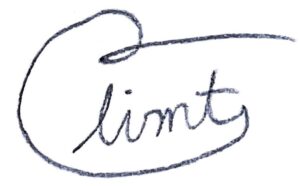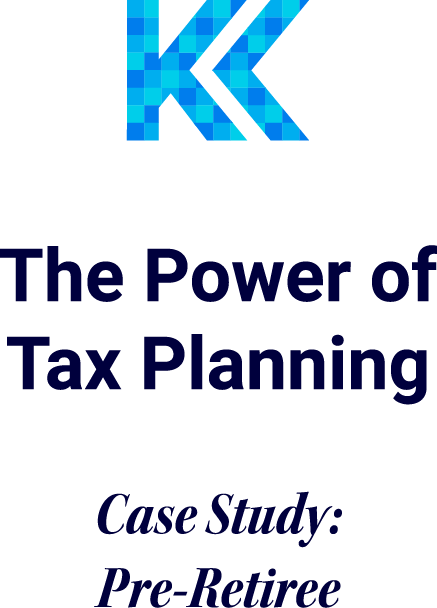Smart tax planning can make a massive difference for many people, especially those with a high income. One of my clients was earning over $400K annually, but was missing out on a few key opportunities to pay less tax going forward. With a couple of strategic moves, I’ll help them save almost $20,000 in taxes every year, Here’s how:
Before:
- Contributing just 2% to their 401(k) and receiving a $20K profit-sharing contribution
- Letting extra cash sit in a savings account, earning next to nothing
This setup left a lot of money on the table. With limited tax deductions and no tax-advantaged growth strategy in place, my client was going to pay a lot of unnecessary tax throughout their life. The extra cash in their savings account was missing out on a lot of potential growth as well.
After My Strategy:
1. Maxing Out an HSA ($8,550)
- A Health Savings Account (HSA) is one of the best tax-advantaged accounts available. It provides a triple tax benefit:
- Contributions are tax-deductible
- Growth is tax-free
- Withdrawals for qualified medical expenses are tax-free
- Since my client is in a high tax bracket, every dollar contributed to an HSA creates a significant tax deduction.
- Over time, unused HSA funds can be invested and grow tax-free, effectively acting as a stealth retirement account for medical expenses.
2. Maximizing Pre-Tax 401(k) Contributions ($31,000)
- My client was only contributing 2% to their 401(k), missing out on a major opportunity for tax savings.
- By maxing out employee contributions ($23,000 for 2025, plus a $7,500 catch-up for those over 50), they will dramatically lower their taxable income.
- They will also continue receiving their ~$20,000 employer profit-sharing contribution, bringing the total pre-tax deductions to $51,000.
3. Utilizing the Mega Backdoor Roth ($26,500)
- The Mega Backdoor Roth is a very powerful but underutilized strategy.
- My client will be able to contribute $26,500 in after-tax dollars into their 401(k) and immediately convert it to a Roth account.
- Unlike a traditional 401(k), Roth conversions allow for tax-free growth and withdrawals after age 59.5.
- This strategy allows for a portion of your money to grow tax-free that would have been otherwise taxed in retirement.
4. Funding a Backdoor Roth IRA ($8,000)
- Since my client’s income was too high to contribute directly to a Roth IRA (limit is $236k MAGI for MFJ filers), we used the Backdoor Roth IRA strategy.
- They will contribute $8,000 to a traditional IRA, which we will convert into a Roth IRA.
- However, they had an existing IRA, which would have triggered the pro-rata rule and created some tax on the conversion.
- To avoid this, we rolled the existing IRA into their 401(k) before executing the Backdoor Roth, ensuring a tax-free conversion.
- Now, they have additional tax-free retirement funds at age 59.5.
5. Investing Extra Cash Flow in a Taxable Brokerage Account
- Previously, my client was letting extra income sit in a savings account
- After maximizing contributions to tax-advantaged accounts, we will direct excess cash flow into a taxable brokerage account, focusing on tax-efficient investments
- The client will pay a majority of tax at the long-term capital gains (LTCG) rate in retirement, which is typically lower than ordinary income tax.
The Tax Savings Breakdown:
- Before: $11,382 saved
- 35% federal + 4.25% MI state tax on $29,000 in deductions
- After: $23,373 saved
- Same tax rates on $59,550 in deductions
+ Bonus: $34,500 moved into tax-free Roth accounts, saving another ~$7,500 annually in future retirement taxes
Total Difference:
$19,500 in immediate + future tax savings every single year
Final Thoughts:
If you’re a high-income earner and your advisor isn’t talking about tax planning, you’re leaving money on the table. These strategies aren’t just for the ultra-wealthy: they’re available to anyone who understands the tax code and takes advantage of the right opportunities.
Want to optimize your tax strategy? Let’s talk.

– Clint Kraft
Founder and Financial Advisor, Kraft Capital

